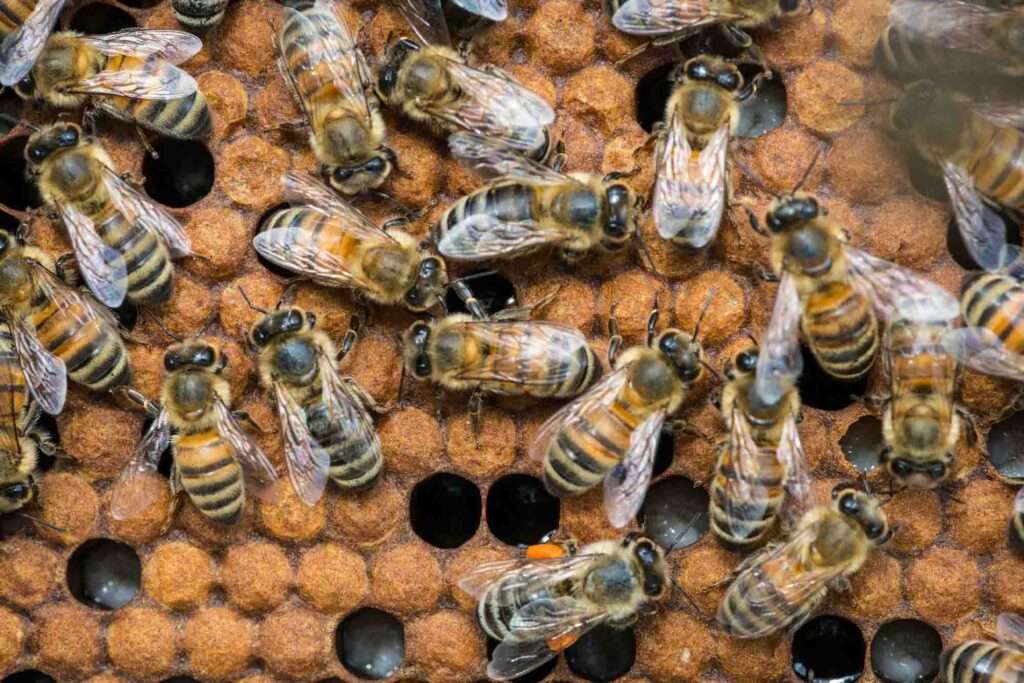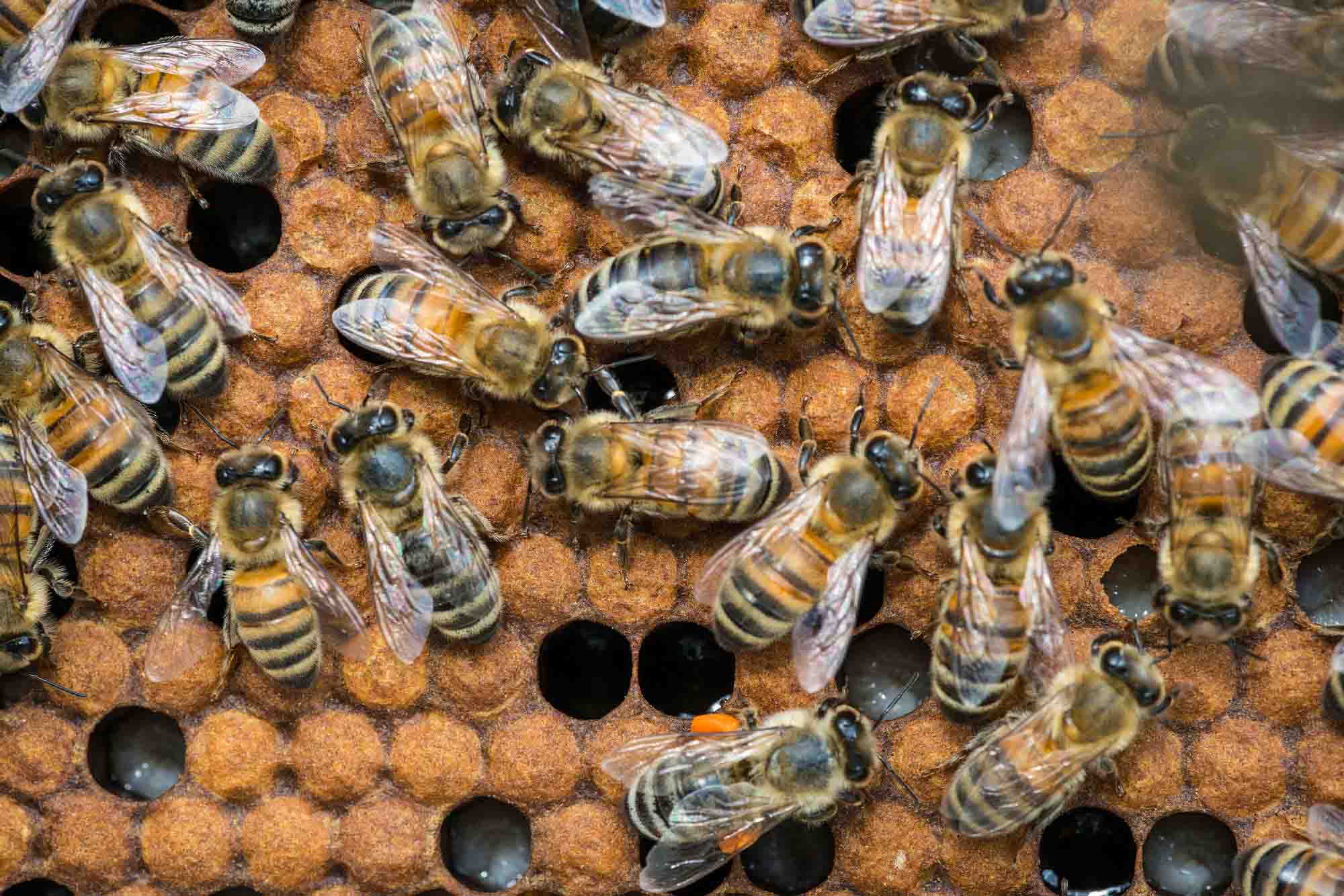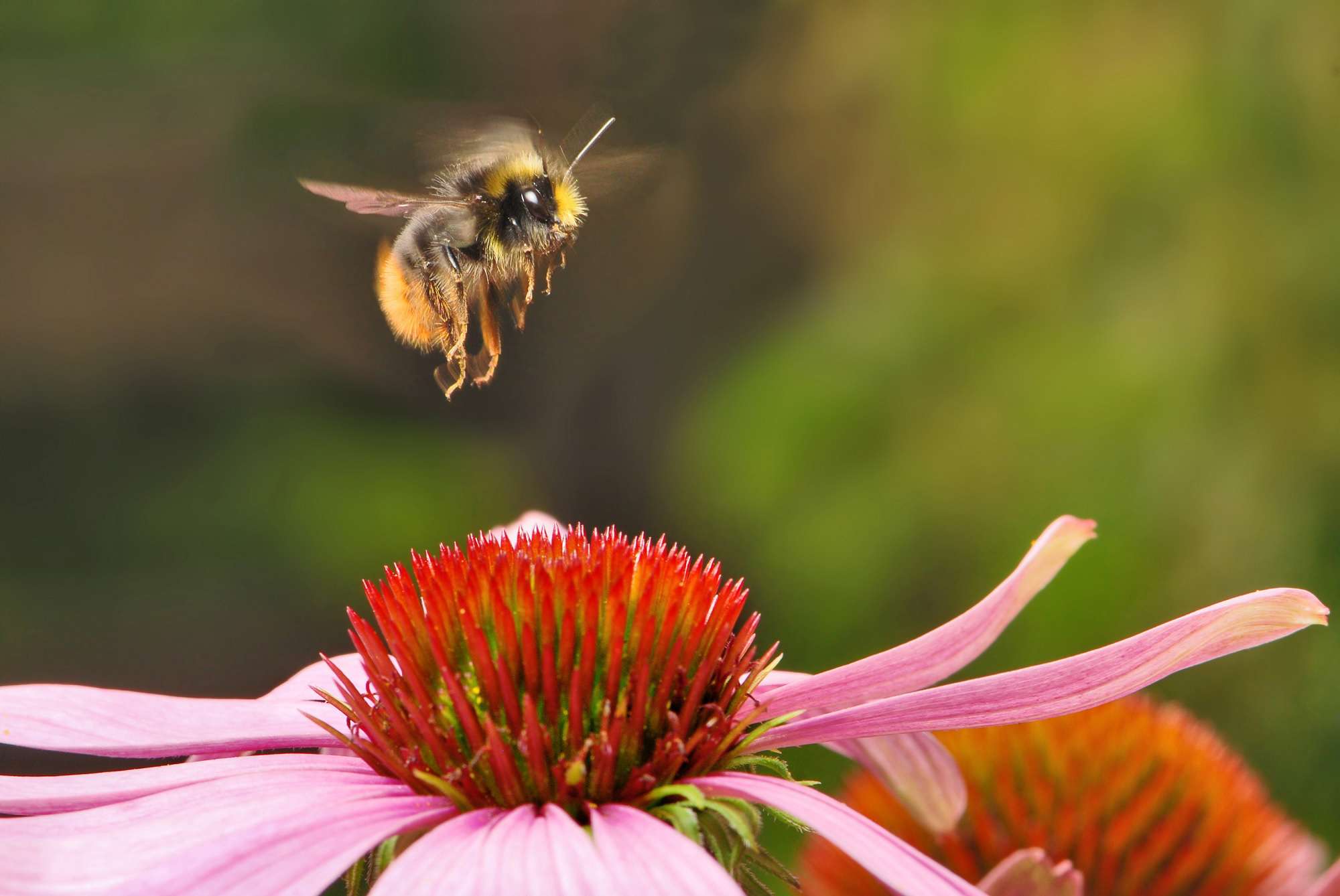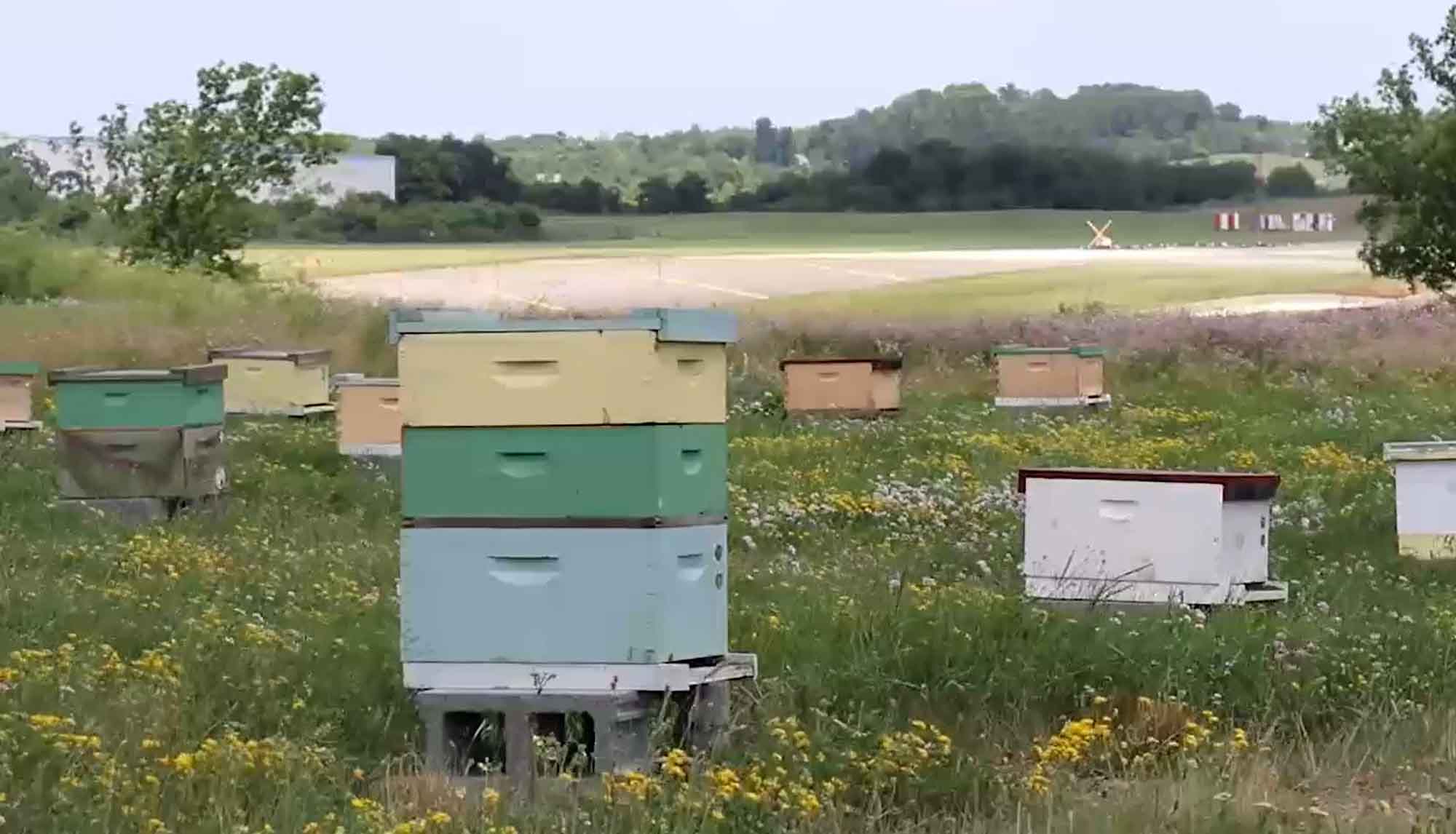Scientists have integrated a calcium sensor into bees to find out more about brain cell activation procedures.
Researchers from higher education institutions in Germany, Italy and France launched a study to determine which of a honeybee’s brain cells were activated by smells and how this information was distributed.
Dr Albrecht Haase – a neurophysics professor at Trento University – said: “We modified the genetic code of honeybees to make their brain cells produce a fluorescent protein, a sort of sensor that allows us to monitor the areas that are activated in response to environmental stimuli. The intensity of the light emitted varies according to neural activity.”
Prof Dr Martin Beye heads the Institute of Evolutionary Genetics at HHU.
He said: “The realisation of this ‘sensor bee’ was particularly challenging because we had to work on the DNA of queen bees. Unlike fruit flies, the queen bee cannot easily be maintained in the laboratory because each one needs its own colony.”
Insects such as the western honeybee (Apis mellifera) are vital model organisms for scientific research.

HHU expert Dr Arne Claussen explained: “Despite more than 600 million years of independent evolution, insects share more than 60 per cent of their DNA with humans.
Dr Claussen underlined that bees were “interesting subjects for research into the brain’s function and neural processing” due to their complex social behaviour.
The group of researchers decided to integrate a calcium sensor into the neurons of the pollinator. Calcium is a crucial factor when it comes to activating nerve cells.
The experts – who published their findings in PLOS Biology, a scientific journey – inoculated a specific genetic sequence into over 4,000 bee eggs.
The protracted breeding, testing and selection process eventually resulted in seven queens carrying the genetic sensor. When they reproduced in their own colony, the queens transmitted the gene to some of their offspring.
The sensor developed by scientists was then used to study the insects’ sense of smell and how the perception of smell is encoded in the neurons.
Dr Julie Carcaud from the University of Paris-Saclay also participated in the study.
She explained: “The insects were stimulated with various odours and observed with a high-resolution microscope. This made it possible to detect which brain cells are activated by these smells and how this information is distributed in the brain.”
HHU researcher Dr Marianne Otte added: “The recordings were performed in vivo using techniques which enabled us to look into the brains of the bees. The insects were fixed in a measuring stand and then presented with various odour stimuli.”
Goethe University Frankfurt‘s Prof Dr Bernd Grünewald concluded: “The new ‘sensor bee’ makes it possible to study how communication works within colonies and, more generally, how sociality affects the animals’ brains.”











